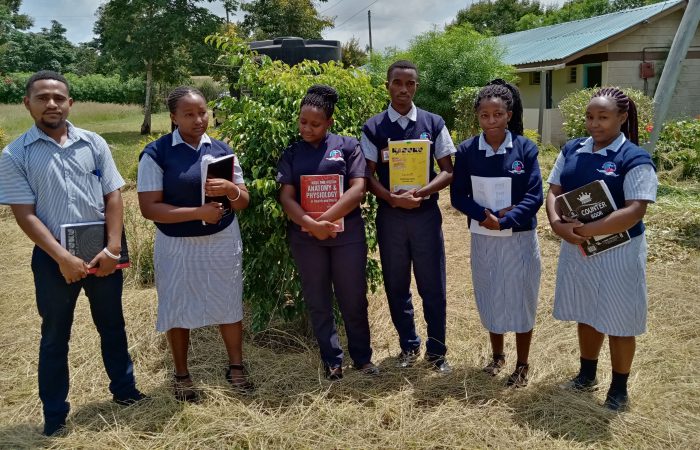Health Records and Information Technology is designed to equip the students with the knowledge, skills and attitude to enable them harness and implement clinical skills, conduct research and be able to advance academically in order to provide and improve the health delivery from the rural health facilities all the way to the National and International level.
